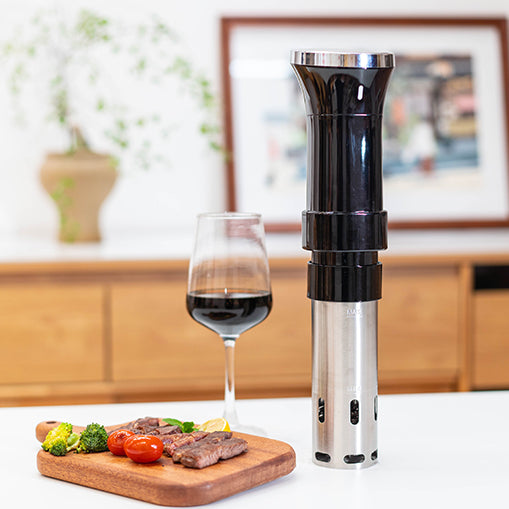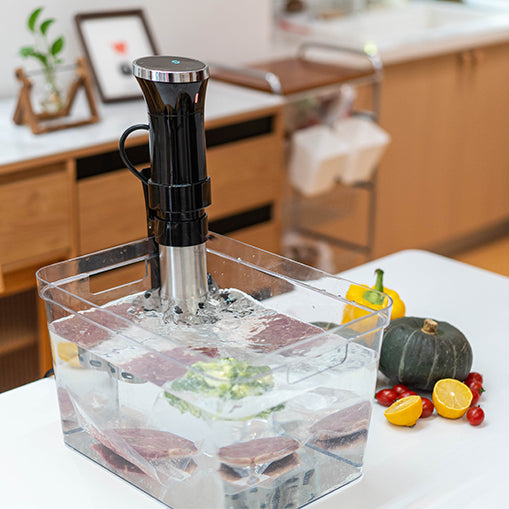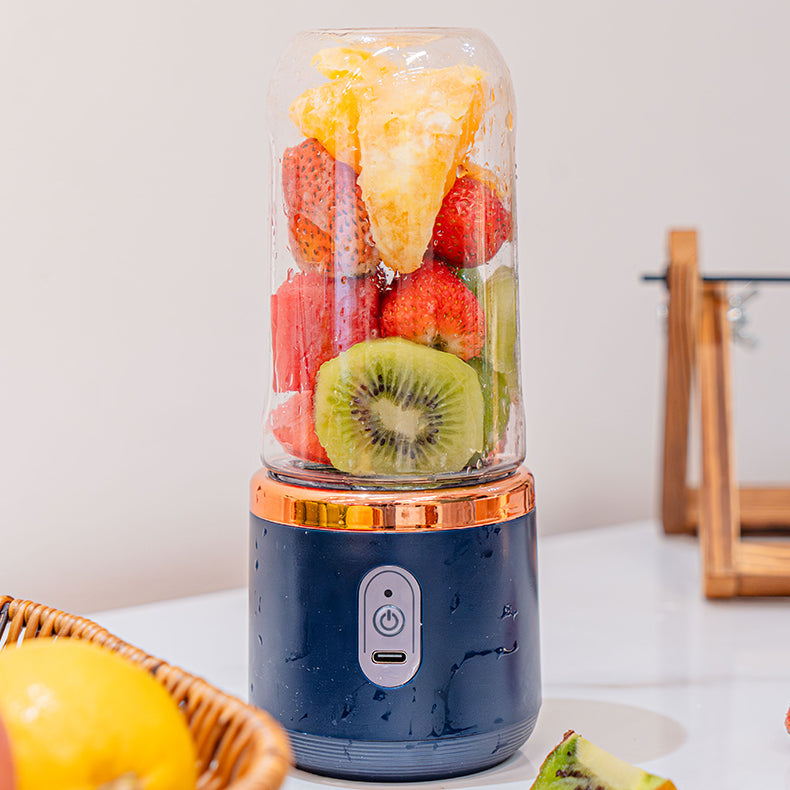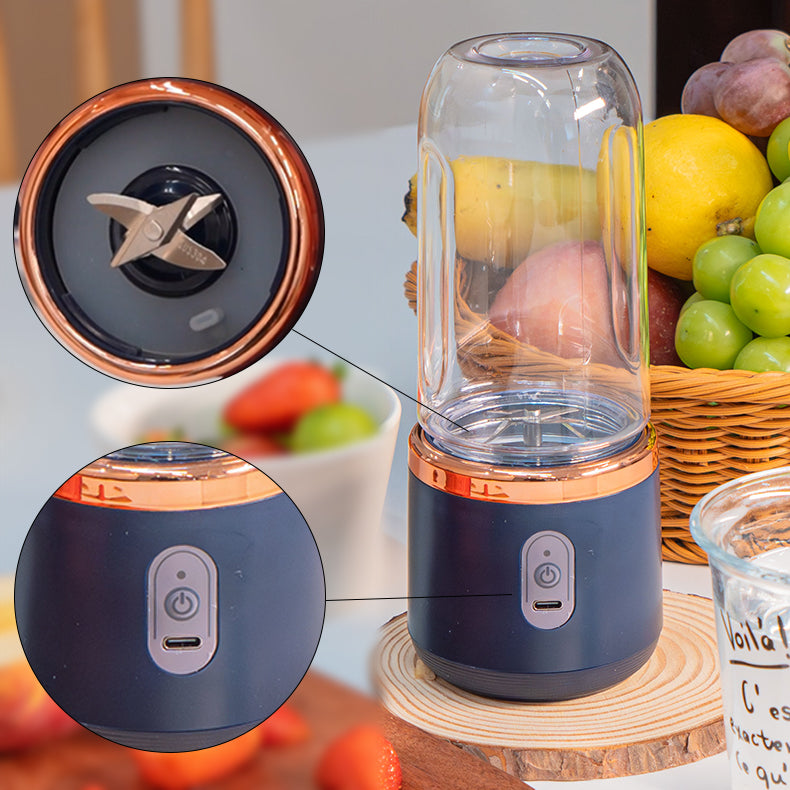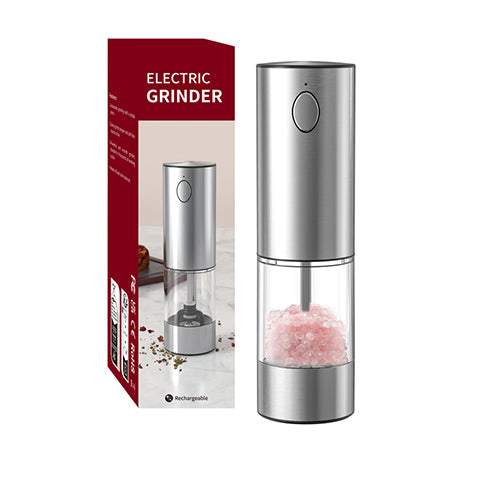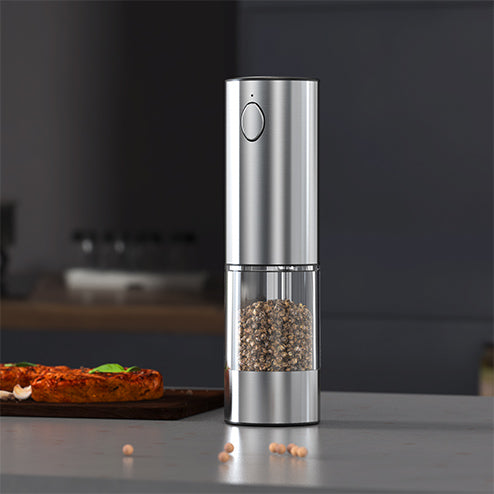The sous vide method has taken the culinary world by storm, revered for producing incredibly flavorful and succulent dishes. Can you sous vide vegetables then? Yes. While traditionally associated with meats, sous vide cooking offers a groundbreaking approach to preparing vegetables as well.
In this comprehensive guide, we will explore the steps of sous vide vegetables and how they can transform your vegetable dishes into gourmet creations. From the precise temperature control that preserves vibrant colors and nutrients to the unique textures achievable only through this cooking method, you'll discover why cooking vegetables in sous vide is a fantastic idea. So, let’s dive in and unlock the full potential of your greens with sous vide!

The Advantages of the Sous Vide Method
Sous vide cooking has numerous advantages, especially when it comes to preparing vegetables. Here are the key benefits that make veggie sous vide a thing:
Enhanced Flavor and Aroma: By cooking vegetables in their own juices, sous vide enhances their natural flavors and aromas, resulting in a more intense taste without the need for excessive seasonings or oils.
Consistent Results: The precise temperature control of the sous vide machine ensures vegetables are cooked evenly throughout, eliminating the guesswork and achieving consistent culinary quality every time.
Nutrient Retention: Sous vide cooking is done at lower temperatures, which helps in retaining vitamins and minerals that are often lost through high-temperature cooking methods like boiling or roasting.
Improved Texture: The gentle cooking process of sous vide allows vegetables to maintain a firm, yet tender texture that can be difficult to achieve with traditional cooking methods.
Flexibility and Versatility: Whether you're preparing carrots, asparagus, or tender greens, you can find sous vide veggie recipes that meet your needs.
The Ingredients and Tools You’ll Need
It is now time to showcase the power of sous vide veggies. Before proceeding to sous vide recipes for vegetables, you need to gather the following ingredients and tools.
Ingredients
Vegetables: Select a variety of vegetables to experiment with different textures and flavors. Common choices include carrots, asparagus, green beans, potatoes, and bell peppers.
Fats: A small amount of high-quality fat such as olive oil or butter can be added to enhance flavor and help transfer heat evenly.
Herbs and Spices: Fresh herbs like thyme, rosemary, and parsley, as well as spices like garlic powder, pepper, and specialty salts, can be sealed with the vegetables to infuse them during cooking.
Aromatics: Ingredients such as garlic, shallots, and ginger add depth and complexity to the flavor profile of your vegetables.
Tools
Sous Vide Machine: This is the centerpiece of sous vide cooking, responsible for maintaining the precise temperature needed for perfect results.
Vacuum Sealer and Bags: A vacuum sealer will help you seal your vegetables and accompanying seasonings in air-tight bags, ensuring even cooking and full flavor encapsulation.
Large Pot or Sous Vide Container: You need a vessel large enough to allow water to circulate freely around the vacuum-sealed bags.
Clips or Weights: These help keep the bags submerged and in place during cooking.
Thermometer: An optional but helpful tool for double-checking water temperature for precise cooking.

The Step-by-Step Process of Sous Vide Vegetables
With your ingredients and tools at the ready, it’s time to dive into the actual vegetable sous vide recipes. Let’s walk through the steps of how to sous vide vegetables.
Prepare the Vegetables
Begin by preparing the vegetables. Clean them thoroughly under running water, peel them if necessary, and cut them into even sizes to ensure uniform cooking. This initial preparation is crucial as it affects the cooking time and the final texture of the vegetables.
Season and Bag
In a large bowl, toss the vegetables with your choice of oils, such as olive oil or butter, and add herbs like thyme, rosemary, or basil. Incorporate spices such as salt, pepper, and garlic powder for enhanced flavor. Once seasoned, arrange the vegetables in a single layer inside vacuum-seal bags. Ensure there is minimal overlap to promote even cooking.

Vacuum Seal
Using a vacuum sealer, remove all the air from the bags to prevent floating during the sous vide process. A tight seal ensures that the vegetables will cook properly in their own juices, which enhances flavor and maintains nutritional value.
Preheat Water Bath
Set up your sous vide machine by attaching the precision cooker to a large pot or sous vide container filled with water. Preheat the water to the specific temperature needed for the vegetables you are cooking.
Different vegetables require different temperatures for optimal results. For instance, root vegetables such as carrots and potatoes typically cook best at higher temperatures, around 183°F to 185°F (84°C to 85°C), which ensures they become perfectly tender without losing their texture. In contrast, delicate vegetables like zucchini or bell peppers thrive at lower temperatures, around 175°F, to preserve their vibrant color and crisp texture.
Submerge and Cook
Once the water reaches the target temperature, gently place the sealed bags in the water bath. Use clips or weights to keep the bags submerged and prevent them from floating, which can lead to uneven cooking. The cooking time will vary based on the vegetable type and desired texture, ranging from 30 minutes for tender vegetables to 1-2 hours for firmer ones.
Monitor and Adjust
While the vegetables are cooking, periodically check the water temperature and ensure that the bags remain submerged. This is also a good time to adjust the temperature if necessary to achieve the desired doneness and texture of the vegetables.
Remove and Serve
After the cooking time is complete, carefully remove the bags from the water bath. Open the bags and, if desired, briefly sauté the vegetables in a hot pan for a caramelized finish. Serve immediately to enjoy the enhanced flavors and perfect textures achieved through the sous vide method.
Additional Tips for Perfect Sous Vide Vegetables
Perfect results in sous vide cooking are achieved through meticulous attention to detail. To elevate your sous vide vegetable dishes even further, consider pairing these expert tips with our sous vide vegetables recipe:
Properly Season and Marinate
Enhance your sous vide vegetables by marinating them with herbs, spices, and a bit of fat like olive oil or butter before sealing them in the vacuum bags. Allowing the vegetables to marinate for a few hours, or overnight in the fridge, can deepen the flavors, making them more robust and enjoyable after cooking.
Use Fresh, High-Quality Ingredients
The success of sous vide cooking largely depends on the quality of ingredients used. Opting for the freshest vegetables possible, ideally sourced from local farmers' markets. Fresh, seasonal produce not only offers better flavor and nutritional value but also contributes to brighter and more vibrant dishes.
Conclusion
Sous vide cooking offers a remarkable alternative to traditional methods, transforming simple vegetables into extraordinary dishes with enhanced flavors, textures, and nutritional benefits. By meticulously following the steps of sous vide vegetables in our recipe, you can achieve the best sous vide vegetables in your own kitchen. So next time you plan a meal, consider using your sous vide machine to prepare your vegetables—it might just change the way you think about home cooking.

